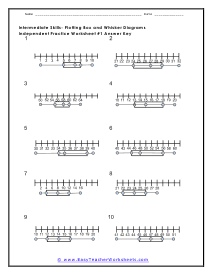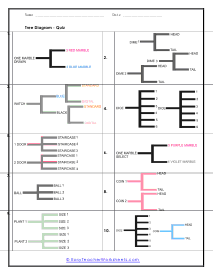Statistics is a tool we use to better understand data. We are literally overwhelmed with the amount of statistically information or methods for gathering it we come in contact every day. This includes data from your favorite sports such as batting percentage, goals against average, completion rates, and we could go on for days. This data is tracked to help us make good decisions and predict the outcome of events. Being able to identify what needs to be measured and what it means has made careers for decades. When you are trying to analyze data or looking for a great way to display data to make it more recognizable, we look to statistics. Statistics usually looks to best understand uncertainty and variation. Both which work together, as more variation approached, uncertainty is heighted with it. Probability is a commonly discussed topic in this field. We find probability to change as often as does the parameters or terms it is placed under. To have an educated guess as how to determine all of these values Statisticians must know the as much about the control of the environment is contained.
We feature a wide range of relevant topics that help students learn how to better analyze data and make projections based on their analysis. You will learn the common methods such as central tendency, but we will also show you how to structure that data to help others better understand your work. We have to remember that it is just as important to be able to interpret data as it is to be able to communicate what you see in the data. We feature worksheets that work on simple to complex probability, central tendencies of data, understanding the nature of combinations or reading through regressions and tree diagrams.




















